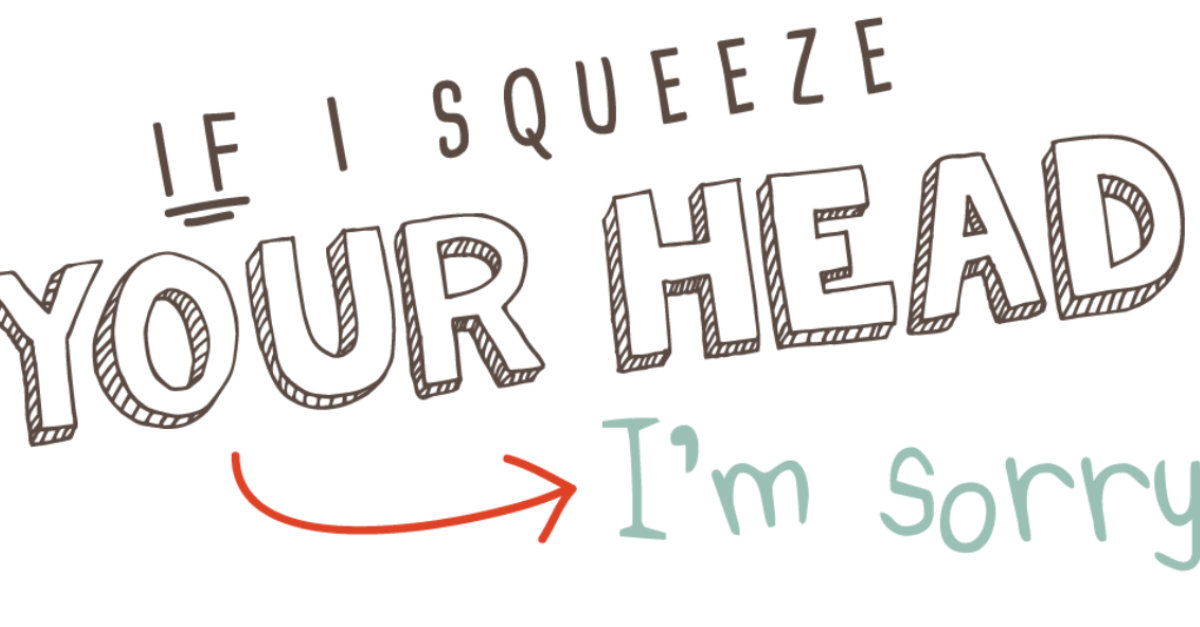A few days ago, my colleagues and I received some exciting news: one of our students had just published a book! As you can imagine, we were both very proud and deeply moved. Nothing is more rewarding for an educator than watching your student achieve success. However, what made this news even more inspiring was that the newly minted author also happened to be a special needs student.
The book If I Squeeze Your Head I’m Sorry introduces readers to Rylan, a 12-year-old boy living with Autism and Tourette Syndrome. Using artwork and intuitive descriptions, Rylan helps his audience understand what it’s like to live with his perspective. The release of this book prompted me to start thinking more about children in Rylan’s situation. While everyone loves a heartwarming story, the sad truth is not every student with special needs get the support they deserve. In fact, there are many unnamed students who struggle with learning because of a disability.
So, how do we create classrooms which not only accommodate special needs students, but also help them thrive?
Consult with Specialists Regularly
In her academic blog, Cult of Pedagogy, educator Jennifer Gonzalez encourages readers to be proactive when engaging Special Ed teachers. She notes that in the past, she only reached out to Special Ed teachers when there was a problem. As such, she missed out on what many of these individuals had to offer.
Special Ed teachers possess a wide range of experience which are invaluable in the classroom. Whether it’s dealing with seizures, children who are nonverbal, or certain phobias, they can often spot problems before they begin and know precisely how to resolve them. Remember to reach out to your colleagues in Special Ed even if nothing’s wrong. Listen to them, learn from them, and discover how you can help special needs students in your own way.
Read Diverse Books
Rylan’s story is proof that a good book can change the world. Teachers should seek out and read books which feature characters with disabilities. Some great examples include Tom’s Special Talent by Kate Gaynor, which tells the story of a young boy with dyslexia, or Dan and Diesel by Charlotte Hudson. These books can provide insight into the lives of special needs students and including them in your school library can help other children better understand their classmates.
Consider reading and discussing these books regularly in class to develop social-emotional skills. You might be surprised at what a little representation can accomplish!
Teach Content in Different Ways
In a traditional classroom, there is usually only one way for students to learn the designated material. Instead of falling into this mold, try to create a lesson with every student in mind. Project-based learning is a great way to begin. Have students play a game to discover the dangers of poor nutrition or work together to publish a book about their state. Projects like these allow for flexible learning and let students with special needs demonstrate skills that would normally get overlooked.
In the end, you can help students with disabilities by creating opportunities for them within your classroom.
Bring the World to Your Students
As educators, we know that every child in our classroom has the potential to accomplish great things, but these achievements will still be hard-won. Students need to cultivate patience, perseverance, and confidence in order to reach their goals. For special needs students, having a supportive teacher in their corner can literally make all the difference. Be the teacher who brings the world to their students, and their students to the world!

